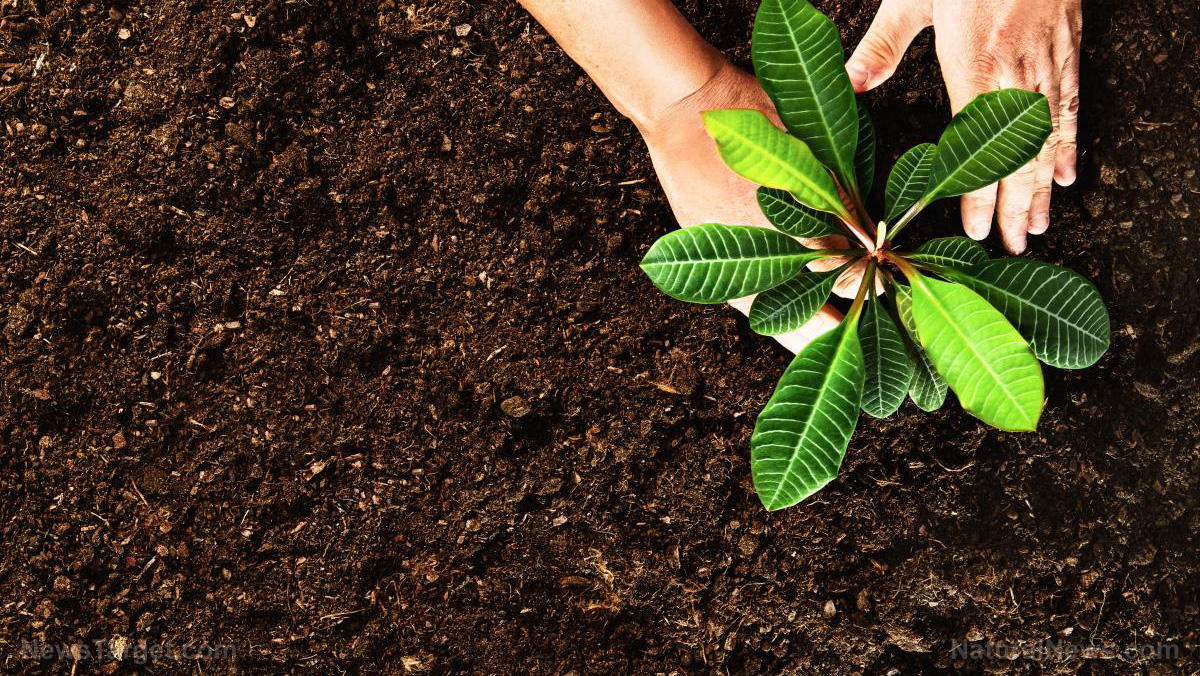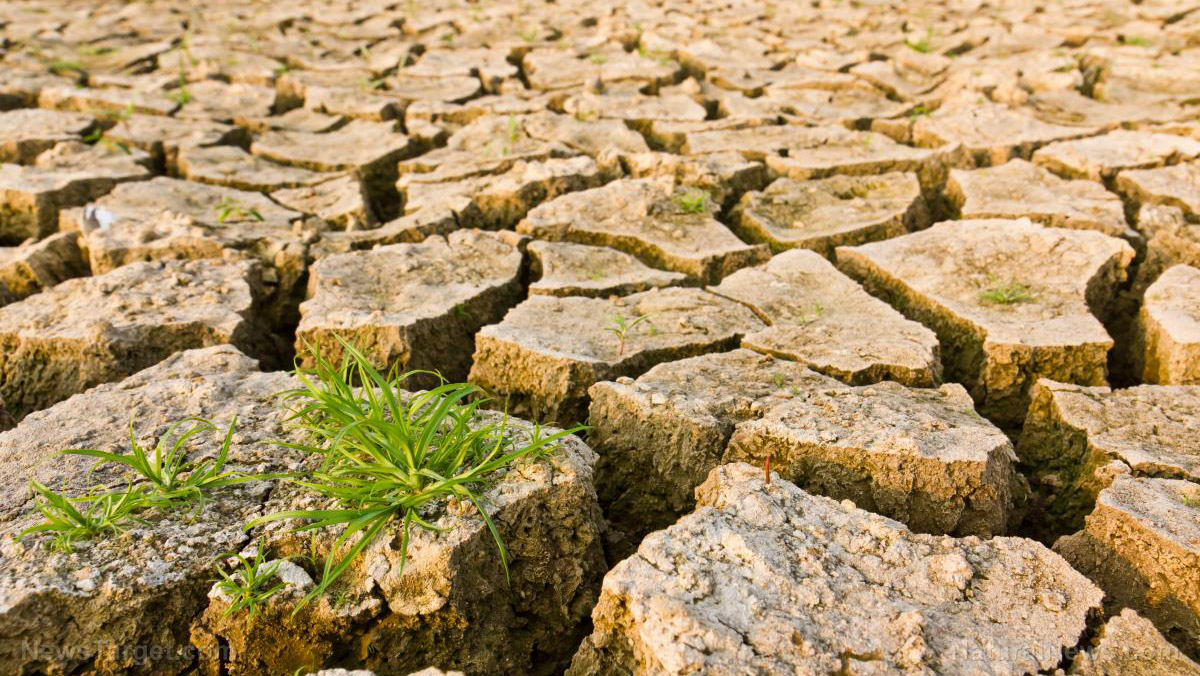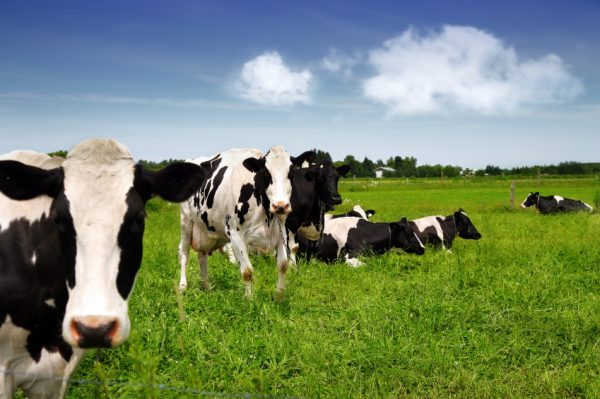A study published in the journal Animal found that healthier soils lead to healthier animals. In the study, a team of researchers at Rothamsted Research looked at how efficiently nutrients are used on a livestock farm, on a field-by-field basis for the first time. The research team also linked soil health to animal growth.
In conducting the study, the team created a method to derive the contribution of individual fields to an animal’s growth. In the process, this method has opened up the possibility of using field-scale metrics as indicators of animal performance and agricultural productivity. This alternative method will not need any capital investment.
In the U.K., most livestock farms use rotational grazing, which involves moving animals from one field to another. Even though this strategy produces more fresh forage for animals throughout the season, it makes farming systems harder to monitor and optimize.
The research team discovered that the performance of animals was linked to the level of soil carbon, which is widely used as a measure of soil health for sustainable farming. In addition, they also found that the more intensively fields are grazed, the healthier the soils are. Furthermore, they are less likely to suffer from water and nutrient losses.
“Without our unique experimental design to separate hydrological flows from individual grazing fields, you couldn’t accurately quantify any nutrients being lost as the majority would be dissolved in water,” said Paul Harris, one of the authors of the study.
“The correlation between soil health and animal performance is a major finding that confirms the huge amount of anecdotal evidence linking soil parameters and liveweight gain,” said Michael Lee of the Department of Sustainable Agriculture Sciences at Rothamsted’s North Wyke Farm Platform.
Ways to keep soil healthy for healthy plants
A healthy soil benefits human health, animal health, and plant health. It will provide food and water for plants. Moreover, it will help them grow and give more yield. A soil that is dark in color and crumbly when you feel it with your fingers is considered a good soil. (Related: Soil health program boosts crop yields by 300% without GMOs or chemical-intensive factory farming.)
To keep your soil healthy, you can do the following:
- Use well-drained soil – A well-drained soil dries fast and allows timely field operation. Using this type of soil enables oxygen to reach the root zone to promote optimal root health. Optimal root growth occurs best in soils that do not have a drainage problem.
- Avoid wet soil – Driving on wet soil is not good because it will pack the soil down and push out the air. Moreover, water will not be able to pass through the soil, and there will not be enough room for the roots to grow. Soil that is too packed will not provide good crop yield. To avoid these, you must wait until the ground is dry before you till it or start planting.
- Add compost to improve your soil – Compost is a combination of dead plants, roots, and leaves. Adding compost to the soil will improve soil nitrogen and plants will give more yields. Adding compost will help the soil drain water if it is heavy clay. If it is sandy, adding compost will help the soil hold more water. Furthermore, compost attracts earthworms and other living organisms that help plants and roots grow strong and healthy.
Read more news stories and studies on soil health by going to Harvest.news.
Sources include:
AlphaGalileo.org
Extension.UMN.edu


















